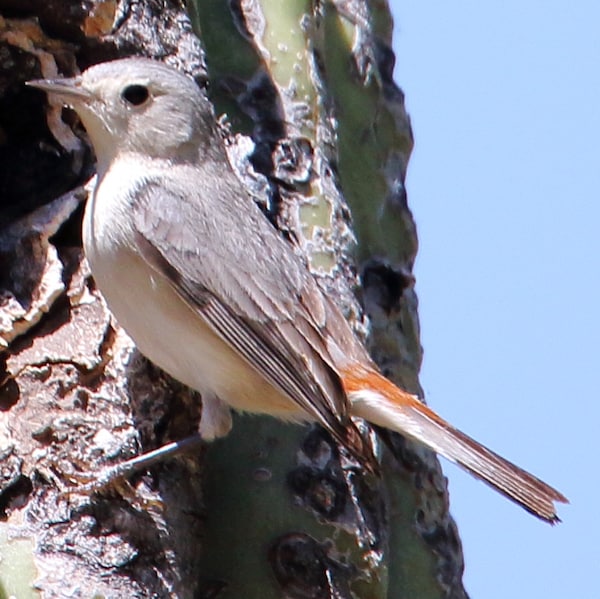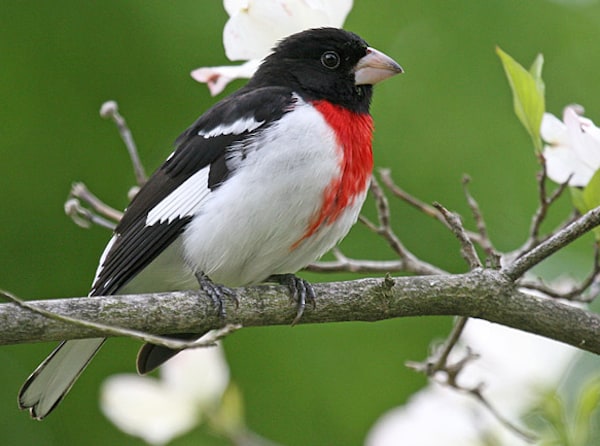What Does a Band-tailed Pigeon Look Like?
Band-tailed pigeons are a large pigeon with a purple-gray head and gray body. A white crescent or collar on the nape on adults is distinctive among pigeons. The top half of the tail is a dark gray, while the bottom half is pale gray. Band-tailed pigeons have red eyes and a distinctive yellow beak with a black tip. The wings are pointed and the tail is long. Males and females look similar, but females appear duller in color. Juveniles are uniformly brownish gray and lack the neck.
Listen for
Band-tailed pigeons call with an owl-like whoot-woooo or who-whoo—who-whoo. These calls are deep, but soft in tone. They chirp in a similar way to other Columbids. During flight, a band-tailed pigeon’s wings make a loud clap as they meet above the back.
Find it
Band-tailed pigeons are found in a wide array habitats along the west coast and southwestern region of the United States and throughout Mexico. Band-tailed pigeons can additionally be found in southern Alaska and South America.
Diet
Their diet consists mainly of fruit, nuts, and grains. Field grains, acorns, wild grape, and elderberries are common staples of band-tailed pigeons. They also eat seeds and flowers. The season determines the contents of their plant-based diet.
Nesting Behavior
The loosely built nest is found in tall coniferous or deciduous trees. Males bring twigs to the nesting site and females construct the nest by intertwining its pieces. Moss may be added for further support. Eggs are white, smooth, and glossy. Females and males both incubate for 18-20 days. Males incubate midday and females incubate at night.
WOW!
Band-tailed pigeons are often found in flocks. Flight path is commonly through their traditional forest breeding range. Flocks fly mostly in daylight. Not only do they migrate in flocks, but they also forage together. It is quite the social bird!




